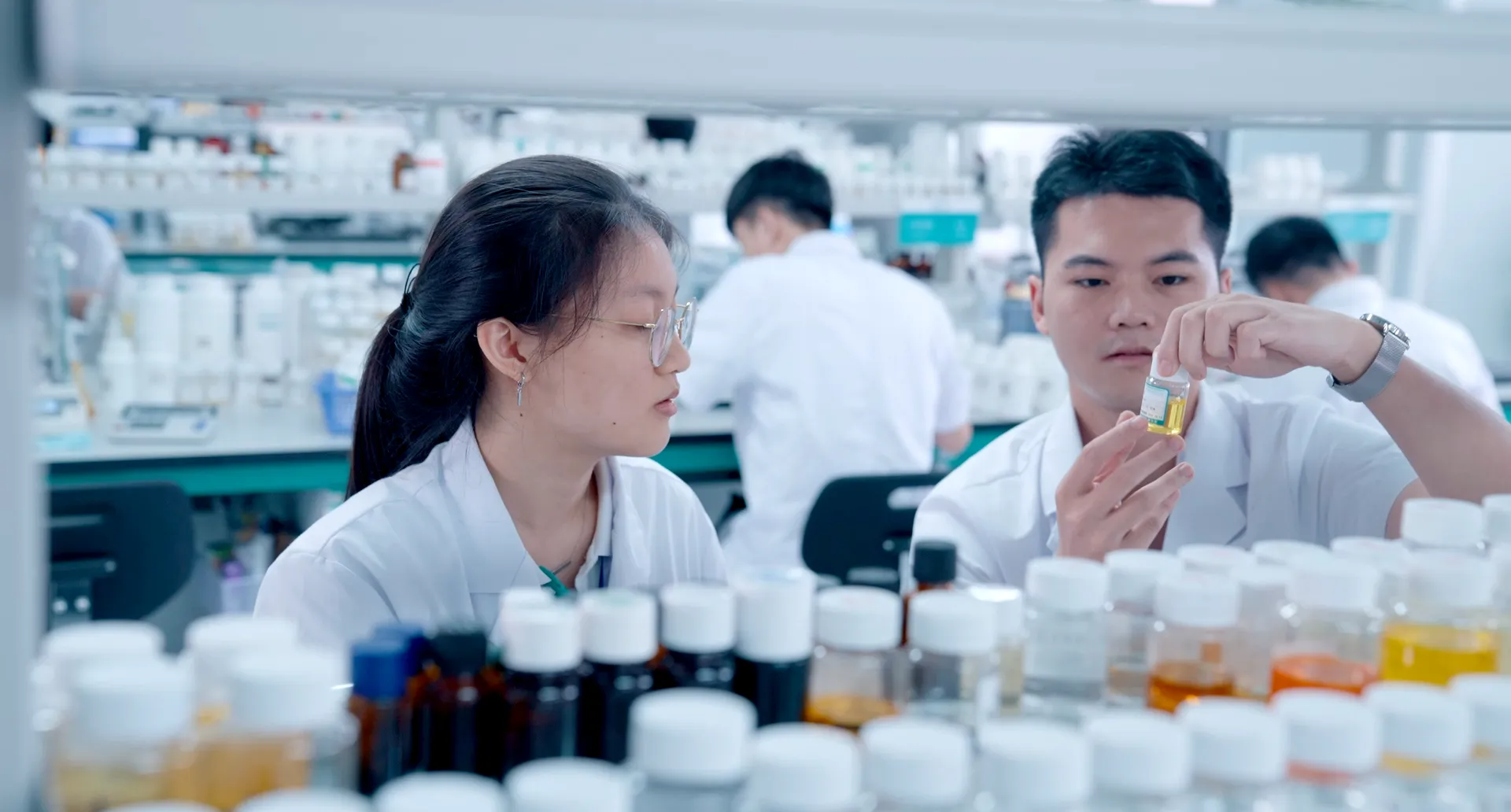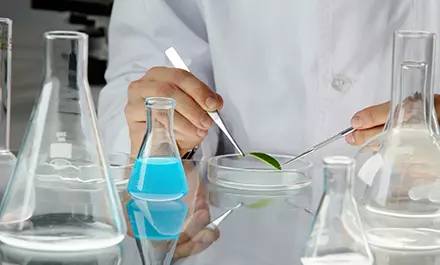
How much flavoring goes into ejuice
Electronic cigarettes (e-cigarettes) are battery-operated devices that heat up liquid nicotine and other chemicals to create an aerosol, which users inhale. These devices, which are commonly called vapes, e-cigs, or e-hookahs, have gained popularity among smokers who wish to quit tobacco smoking or switch to a healthier alternative. One of the most essential components of e-cigarettes is e-juice or e-liquid, which is responsible for delivering nicotine and flavors to users. In this essay, I will discuss the amount of flavoring that goes into e-juice and how it affects the taste and quality of the product.
E-juice usually consists of a blend of propylene glycol (PG), vegetable glycerin (VG), nicotine, and flavorings. PG is a colorless and odorless chemical that is commonly used in food, cosmetics, and pharmaceutical products. VG, on the other hand, is a sweet and slightly viscous liquid that is derived from vegetable oils. Both PG and VG serve as carriers for the nicotine and flavor concentrates, which are usually added in small amounts.
The amount of flavoring that goes into e-juice varies depending on several factors, such as the type of flavor, the strength of the concentrate, and the volume of the liquid. In general, e-liquids contain between 5% to 20% flavoring, with most commercial brands having an average of 10% to 15%. This means that for a 30ml bottle of e-juice, the amount of flavoring can range from 1.5ml to 6ml, depending on the brand and flavor.
There are several reasons why e-liquid manufacturers use different amounts of flavoring in their products. One of the main reasons is to provide a unique and pleasurable vaping experience for users. Flavors are added to e-juice to mimic the taste of traditional tobacco products, as well as to provide a variety of fruity, dessert, and beverage flavors that cater to different preferences. Some of the most popular e-juice flavors include tobacco, menthol, fruit, candy, dessert, and cereal.

However, adding too much flavoring to e-juice can have negative consequences on the quality and safety of the product. Flavors are usually made of various compounds, some of which may be harmful when heated and inhaled. For instance, some flavorings may contain diacetyl, a chemical that has been linked to a serious lung disease called bronchiolitis obliterans or “popcorn lung.” Other flavorings may contain aldehydes, ketones, acids, or esters, which can irritate the respiratory tract and cause inflammation.
Therefore, it is important for e-liquid manufacturers to use flavorings that are safe and approved for use in food and beverages. The flavorings should also be tested for their quality, purity, and potency to ensure that they meet the standards set by regulatory agencies such as the FDA and the EU. Moreover, manufacturers should disclose the type and amount of flavoring used in their products, as well as the risks associated with vaping, to help users make informed decisions.
Another factor that affects the amount of flavoring in e-juice is the type of device used for vaping. E-cigarettes come in various forms, including disposable cigalikes, refillable pod systems, vape pens, and advanced mods. Each device has a different power output, resistance, and coil size, which can affect the amount of e-liquid consumed and the intensity of the flavor. For instance, low-powered devices such as cigalikes and pod systems may require more flavoring to achieve a satisfactory taste, while high-powered devices such as mods may require less flavoring to avoid overpowering the taste buds.
Furthermore, the amount of flavoring in e-juice can affect the throat hit, which is the sensation of warmth and irritation in the throat during vaping. Some users prefer a strong throat hit, which can be achieved by using more flavoring or a higher nicotine strength, while others prefer a smooth and mild throat hit, which may require less flavoring or a lower nicotine strength. The throat hit can also be influenced by the PG/VG ratio, as PG provides a stronger throat hit than VG.
In conclusion, the amount of flavoring that goes into e-juice is an important factor that affects the taste, safety, and quality of the product. Manufacturers should use safe and approved flavorings and disclose the type and amount of flavoring used in their products. Users should also be aware of the risks associated with vaping and choose e-liquids that suit their preferences and needs. Moreover, it is important to note that the amount of flavoring in e-juice may vary depending on the type of device used, the throat hit desired, and the volume of the liquid. Overall, e-juice flavoring is a crucial aspect of the vaping experience, and it should be used responsibly and wisely.

We will contact you as soon as possible









